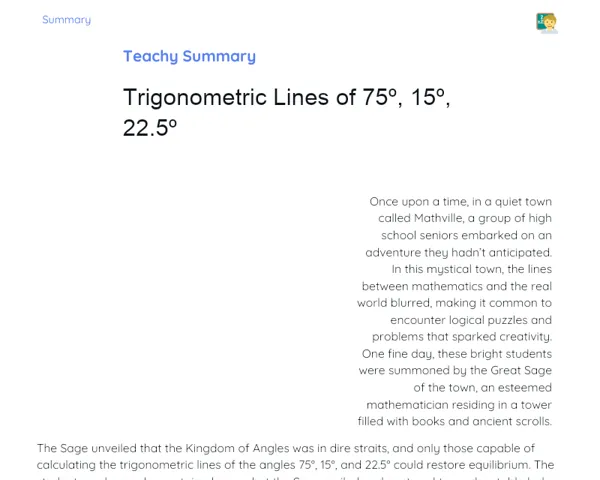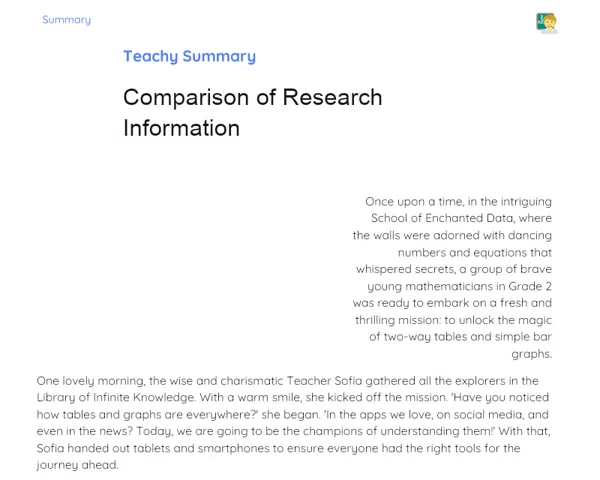Objectives
1. 📊 Understand and apply the 'Stars and Bars' technique to solve problems in Combinatorial Analysis, specifically for counting the number of non-negative integer solutions to linear equations.
2. 📊 Develop logical and critical reasoning skills by analysing and comparing different methods of solving mathematical problems.
3. 📊 Apply the concepts learned in practical everyday situations and recognise the relevance of Combinatorial Analysis in various fields such as science, engineering, and economics.
Contextualization
Did you know that Combinatorial Analysis plays a crucial role in understanding and optimising processes in computing? When developing efficient algorithms, computer scientists often rely on combinatorial techniques to calculate possible iterations and solutions. This illustrates how mathematics, particularly Combinatorial Analysis, isn't just a theoretical exercise, but a vital skill in driving technology and innovation.
Important Topics
Stars and Bars Technique
The 'Stars and Bars' technique is essential in Combinatorial Analysis for counting solutions to a linear equation with constraints. This method helps visualise and organise the distribution of items, represented by stars, partitioned by bars, so as to fulfil the conditions set by the problem. For instance, in solving x + y + z = 10, where x, y, and z are non-negative integers, we can portray this with 10 stars and 2 bars, revealing all the possible combinations.
-
Each arrangement of stars and bars corresponds to a unique solution, where the number of stars before each bar indicates the quantity of each item, and the sequence of the bars reveals the allocation of items.
-
The 'Stars and Bars' method streamlines combination and permutation challenges, allowing for a more systematic approach to counting solutions.
-
This technique is useful in various contexts, ranging from pure mathematics to practical applications like resource allocation in logistics or task distribution in projects.
Linear Equations with Restrictions
In the realm of Combinatorial Analysis, linear equations with constraints are often employed to model optimisation and distribution scenarios. For example, in the equation x + y + z = 10, seeking the number of non-negative integer solutions narrows down the potential solutions to a specific subset that satisfies the equation, which is critical for addressing numerous real-world challenges.
-
Applying restrictions such as non-negativity and integrality in linear equations helps to refine the solution space, aiding in combinatorial analysis.
-
These equations frequently arise in allocation scenarios, where resources must be distributed effectively while still adhering to certain conditions.
-
The capacity to model practical problems through linear equations with constraints is a key aspect of many real-world applications in mathematics.
Applications of Combinatorial Analysis
Combinatorial Analysis extends beyond academia; it has a wealth of applications in the real world, including process optimisation, experimental design, and cryptography. The ability to count and organise possibilities is vital in scenarios where efficiency and optimisation are paramount.
-
In cryptography, for example, combinatorial methods are used to create cryptographic keys that are difficult to breach, based on the volume and complexity of possible combinations.
-
In experimental design, Combinatorial Analysis aids in scheduling trials to maximise the information gleaned from a limited number of tests.
-
In games and puzzles, the capacity to think combinatorially can be the deciding factor between success and failure, showcasing the practical and entertaining aspects of this mathematical discipline.
Key Terms
-
Combinatorial Analysis: A branch of mathematics that investigates techniques for counting, organising, and analysing the complexity of combinations and permutations of elements.
-
Linear Equation: A mathematical expression where each term is either a constant or the product of a constant and a variable, and the degree of any variable is 1.
-
Restrictions: Conditions applied to a problem that limit possible solutions, often employed to model real problems more accurately.
For Reflection
-
How can the skill to think combinatorially assist in resolving everyday challenges, such as planning a get-together or organising tasks?
-
In what ways do constraints in linear equations facilitate the analysis of optimisation and resource allocation issues?
-
What significance does Combinatorial Analysis hold in fields like computer science and engineering, and how does it contribute to technological advancements?
Important Conclusions
-
We delved into Combinatorial Analysis and the 'Stars and Bars' technique for counting the non-negative integer solutions to linear equations such as x + y + z = 10, and observed its relevance in everyday contexts and other disciplines.
-
We grasped the significance of modelling problems using linear equations with constraints to optimise processes and better comprehend the limits and possibilities in varied situations.
-
We highlighted the practical implications of Combinatorial Analysis in fields like computer science, engineering, and economics, demonstrating how these mathematical principles are foundational for innovation and solving intricate issues.
To Exercise Knowledge
Create a solution journal: Over one week, jot down all the daily scenarios where you can apply Combinatorial Analysis to address a minor problem. For instance, devising a plan for splitting money among friends or organising a task list based on various criteria.
Challenge
The Mathematical Barista Challenge: Imagine you’re a barista with 8 different types of coffee beans. If you need to create 5 unique blends, each containing at least 2 beans, how many alternative ways can you combine the beans for the blends? Use the 'Stars and Bars' technique to determine all feasible solutions and discuss your insights with a colleague!
Study Tips
-
Practice the 'Stars and Bars' technique with a variety of examples. The broader the problems, the better your understanding of the technique will be and your ability to apply it in novel contexts.
-
Make use of online resources such as videos and simulators to visualise and rehearse Combinatorial Analysis problems. This can help solidify theoretical knowledge with practical application.
-
Form study groups to discuss and resolve Combinatorial Analysis issues. Sharing ideas and explanations with peers can greatly enhance understanding and uncover fresh approaches to problems.



